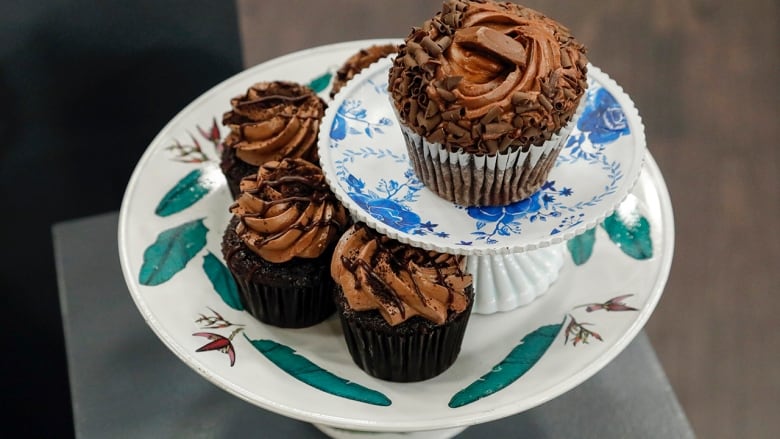This pretty decal DIY gives your ceramics new life
Steven Sabados's waterslide technique is so easy you'll want to do it to everything.

Steven Sabados knows how to turn old objects into eye catching conversation pieces in the blink of an eye! Instead of throwing out old ceramics, glass containers or cans, you can easily repurpose them instead. Here's how to use waterslide decal paper to upcycle some everyday items in your home.

Tips before you start:
Sort through your decals to choose a colour that will let them pop against your object.
Steven used a really cool spray system for this craft that you can find at hardware stores and some craft centres. You attach the aerosol can to a bottle that you fill with latex paint. He loves this spray can because it opens you up to so many different colour options.
You can use a waterslide paper to attach a decal to almost anything. Follow the instructions on the package in order to learn how to attach it to anything from ceramics to glass to wood… the list goes on.

What you'll need:
- Old objects/cans
- Spray paint
- Waterslide decal paper
- A printer
- Scissors
- Varnish
- Brushes
- Latex gloves

Directions:
1. Print off some images onto your waterslide transfer paper. The paper is clear so you don't have to cut out your image perfectly. The cool thing about this paper is that all you have to do is wet it to attach it to your object. The glue on the paper is enough to hold it on. You can get waterslide paper at any art store.
2. Spray your item with spray paint and let it dry. This will be the base to your object.
3. Once you've chosen where you want the decal to go, soak the paper and place it on. When the decal is wet, it slides right off of the paper. Use your fingers to make sure there aren't any bubbles forming under your image. You'll want to move carefully when applying the decal to your object and be sure to give them enough time to dry.
4. Sealing will help preserve the decal and leave it with a professional finish. This is something you may have in your advanced art kit. Steven used a clear gloss finish to give the project a glassy finish. Make sure you apply the finish evenly. If you notice that there's bubbles forming in your finish, lightly breathe on it – the carbon dioxide in your breath will make the bubbles disappear. Note: most sealants are not food-safe, so be sure to always read the label.

5. If you're gluing two objects together, you can make the epoxy by mixing the resin and hardener together in a container. After you've mixed for two minutes, pour it into another container and mix again. You can pour this onto a flat surface, and then brush it on with a brush and a light coat. Leave it to dry for at least 24 hours.
It's so easy to take old, everyday objects that are just laying around and give them a whole new life as unique statement pieces. Happy upcycling!